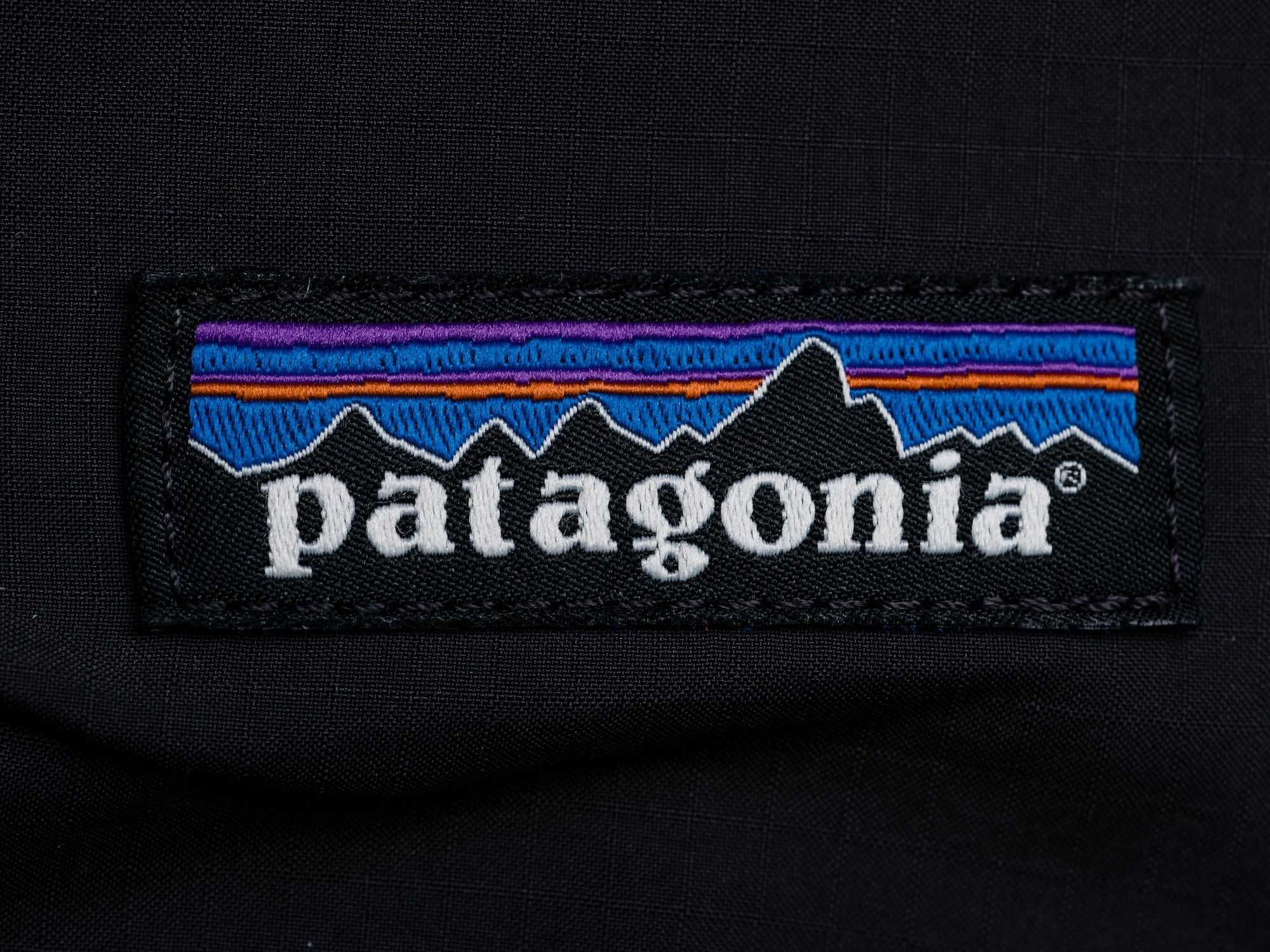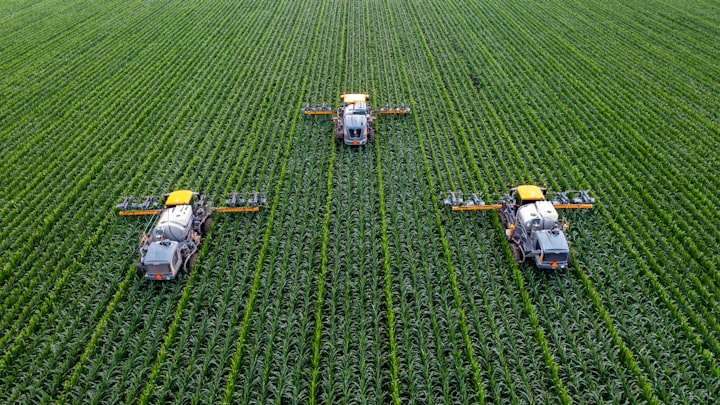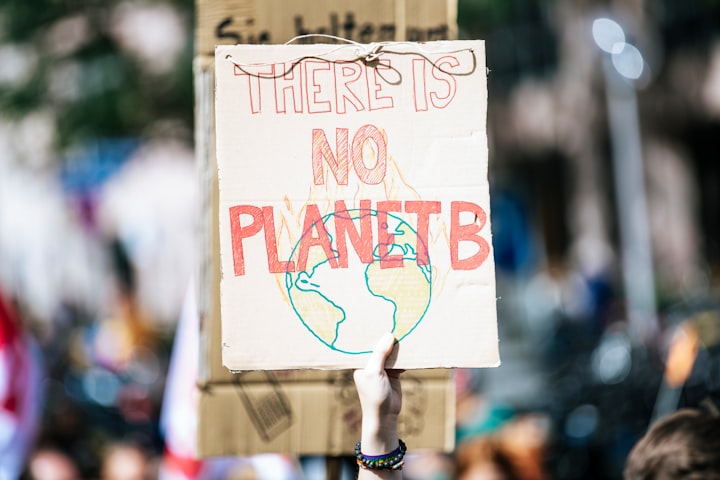Decoding the Product Lifecycle: From Cradle to Grave and Beyond
Unravel the intricacies of product lifecycles, from cradle to grave and beyond. Dive into sustainable approaches like cradle-to-cradle and the circular economy, and discover their impact on our planet

In the world of sustainability and product management, understanding the lifecycle of a product is crucial. Terms like "cradle to grave," "cradle to cradle," and "circular economy" have become buzzwords, but what do they really mean? This article delves into the various terminologies used to describe the journey of a product, from its inception to its end.
1. Cradle to Grave
Cradle to grave is a linear model that traces a product's journey from raw material extraction (the cradle) to its ultimate disposal (the grave). It encompasses every stage of a product's life, including design, manufacturing, distribution, use, and disposal.
Why it Matters: This approach emphasizes the environmental impact of a product throughout its entire existence. By understanding this, companies can identify areas for improvement and reduce their overall environmental footprint.

2. Cradle to Cradle
A step beyond the linear model, cradle to cradle focuses on creating products that can be fully recycled or reused. Instead of ending up as waste, products or their components are reincorporated into new products.
Why it Matters: This model promotes a circular approach to product design, emphasizing sustainability and minimizing waste. It challenges businesses to think beyond the traditional lifecycle and design products that have multiple lives.

3. Circular Economy
The circular economy is a systemic approach that aims to eliminate waste and promote the continual use of resources. It encompasses more than just product design, focusing on business models, supply chains, and consumer behavior to create a closed-loop system where products, materials, and resources are reused and recycled continuously.
Why it Matters: Adopting a circular economy can lead to significant environmental and economic benefits. It promotes resource efficiency, reduces waste, and can lead to innovative business models that challenge the status quo.

4. Life Cycle Assessment (LCA)
LCA is a method used to evaluate the environmental impacts of a product throughout its life cycle. It considers every stage, from raw material extraction to disposal, and provides a comprehensive view of a product's environmental footprint.
Why it Matters: LCA provides businesses with data-driven insights into their products' environmental impact. This information can guide decision-making, product design, and sustainability initiatives.

5. Extended Producer Responsibility (EPR)
EPR is a policy approach that holds producers responsible for the end-of-life management of their products. This can include take-back, recycling, and disposal programs.
Why it Matters: EPR shifts the responsibility of waste management from consumers and municipalities to producers. It incentivizes companies to design products that are easier to recycle and have a reduced environmental impact.

6. Product Stewardship
This is a holistic approach where everyone involved in the lifespan of a product takes responsibility for minimizing its environmental impact. This includes manufacturers, retailers, consumers, and disposers.
Why it Matters: Product stewardship promotes shared responsibility. It recognizes that everyone has a role to play in reducing the environmental impact of products.

Conclusion:
Understanding the various terms related to product lifecycle is more than just semantics. It provides a framework for businesses to design, produce, and manage products in a way that prioritizes sustainability. As the global community becomes more conscious of the environmental challenges we face, these concepts will play a pivotal role in shaping the future of production and consumption.




Comments ()